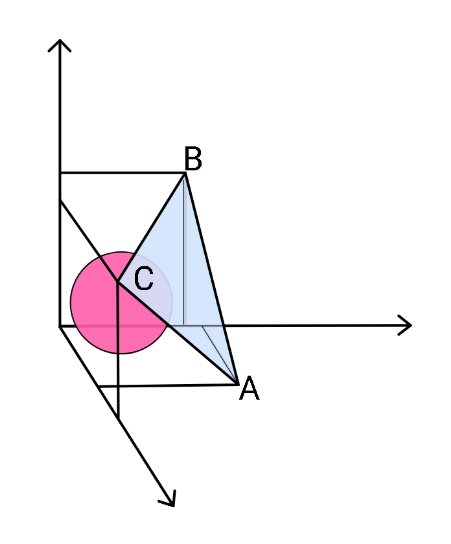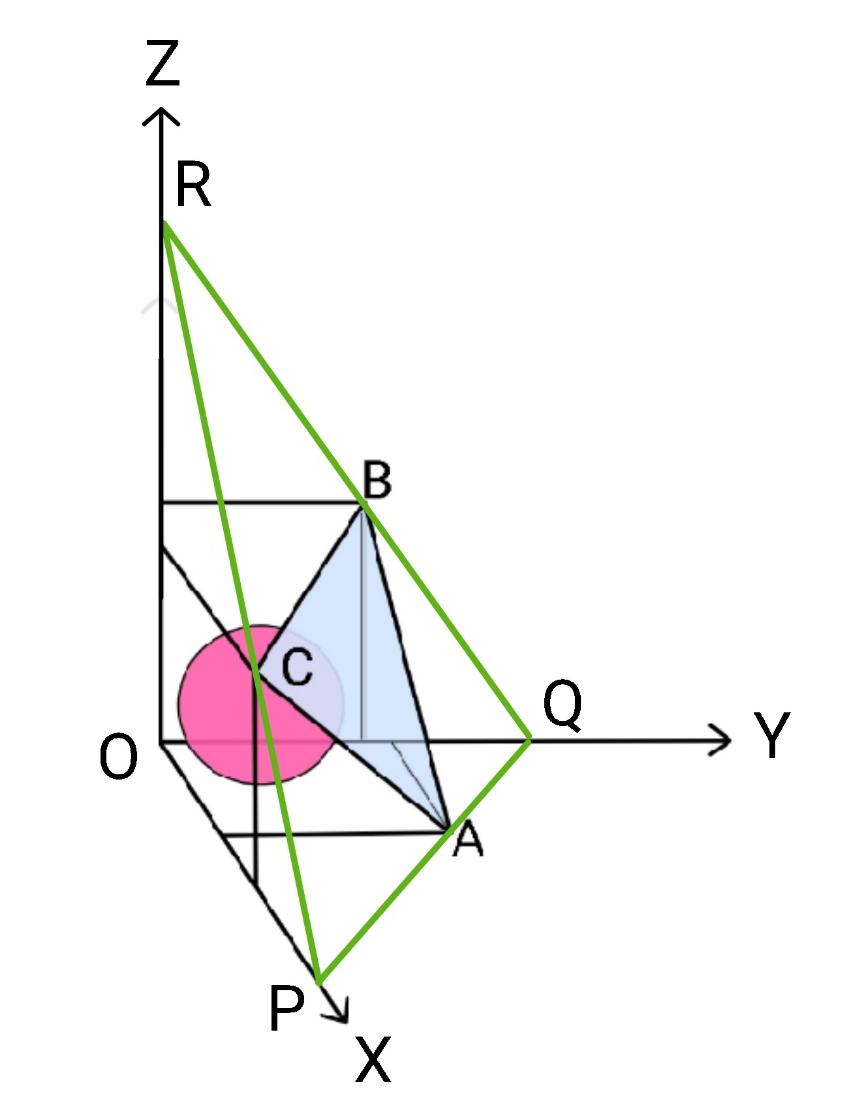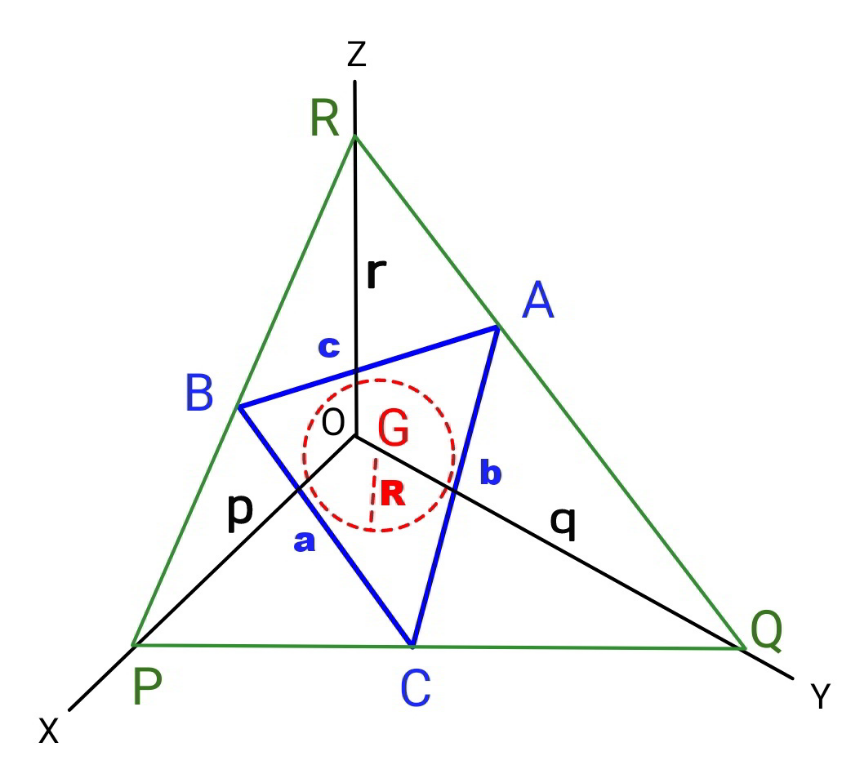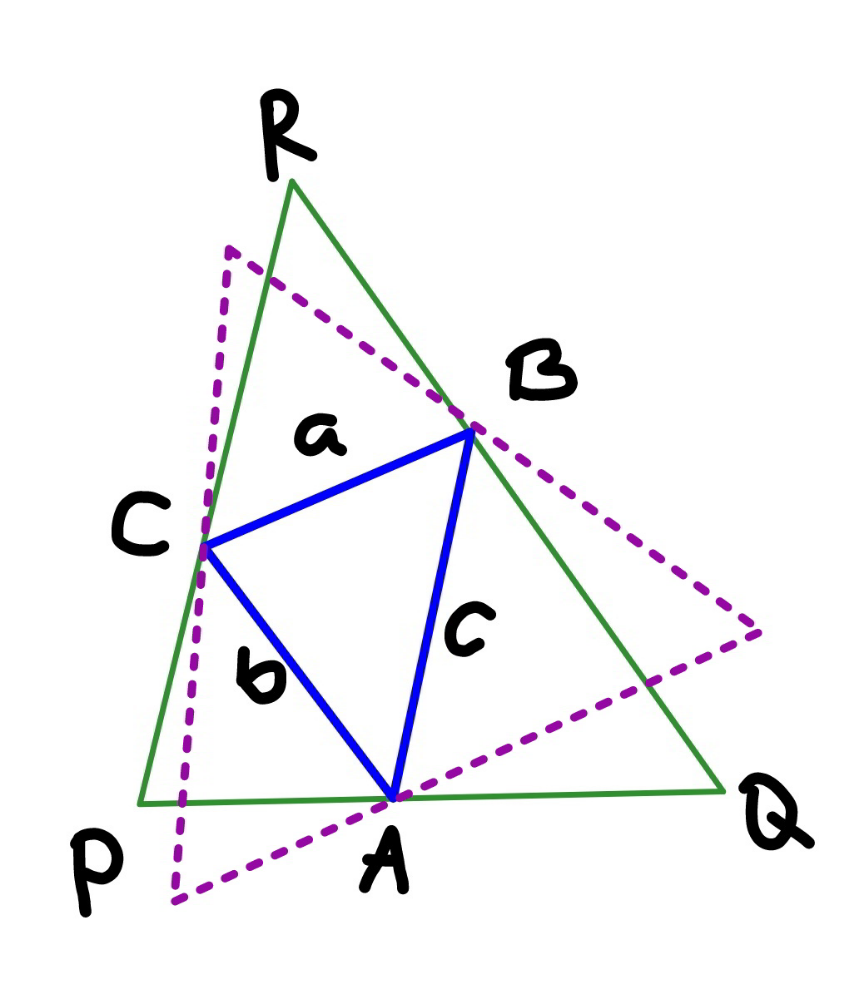
Question and Answers Forum
Question Number 129244 by ajfour last updated on 14/Jan/21

Commented by ajfour last updated on 14/Jan/21

Answered by mr W last updated on 22/Feb/21

Commented by mr W last updated on 22/Feb/21

Commented by mr W last updated on 22/Feb/21

Commented by mr W last updated on 22/Feb/21

